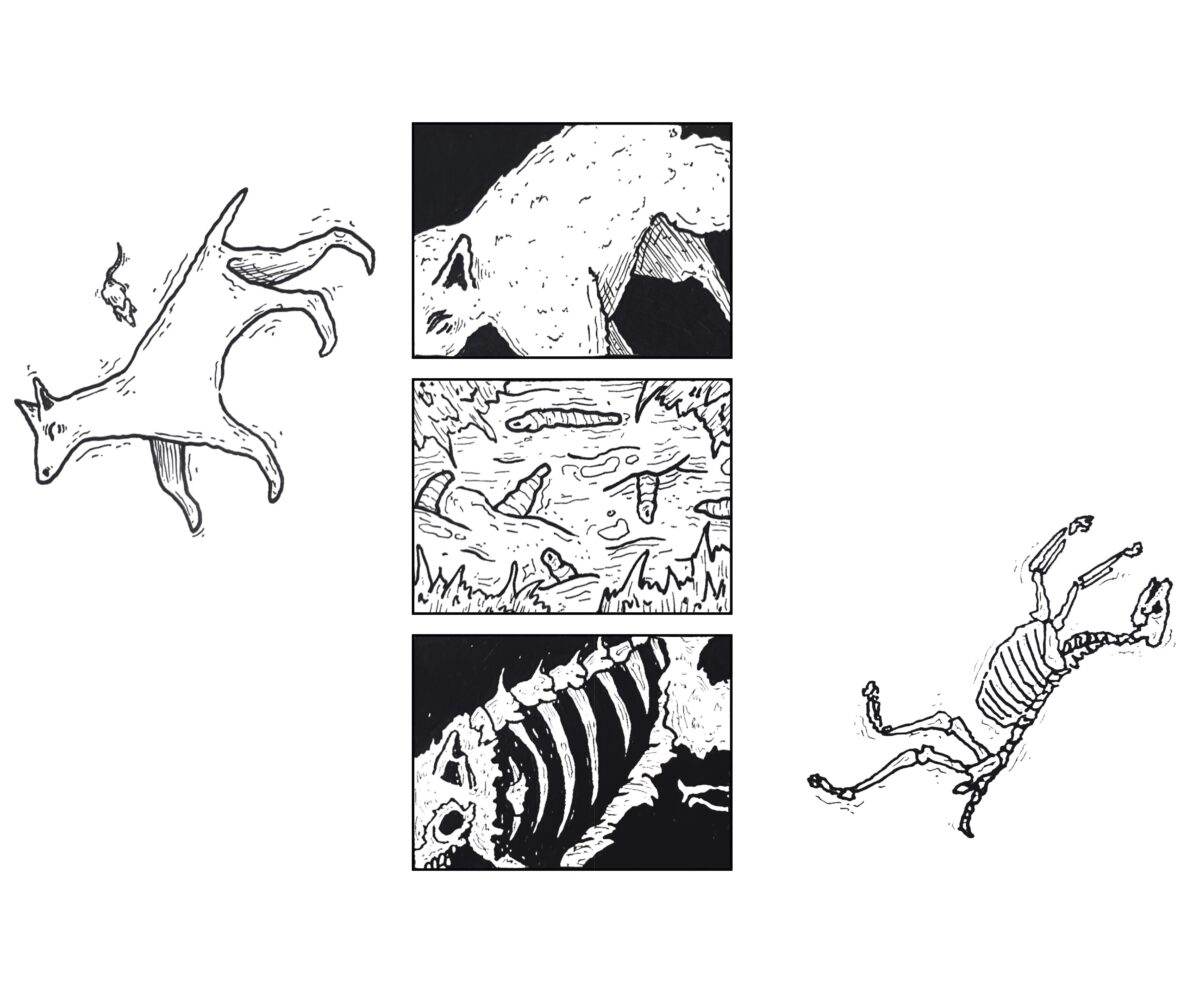The fortress of Montjuïc, Gerona, Spain stands as many other historical ruins, in a state of slow decay. It has been on this journey of decay since the day of its inception. The state in which the fortress can be seen today is the by-product of its rich history, a history that perhaps cannot be read from the site immediately. The sublime nature of this history is found in the material and fabric of the fortress. This thesis does not aim to prevent this decay or to preserve and isolate the for- tress in our present day, rather, it aims to allow a deeper understanding of the sites history and collective memories while allowing its journey to the ‘funeral offices of memory’.
‘Watch an old building with an anxious care; guard it as best you may, and at any cost, from every influence of dilapidation. Count its stones as you would jewels of a crown; set watches about it as if at the gates of a besieged city; bind it together with iron where it loosens; stay it with timber where it declines; do not care about the unsightliness of the aid: better a crutch than a lost limb; and do this tenderly, and reverently, and continually, and many a generation will still be born and pass away beneath its shadow. Its evil day must come at last; but let it come declaredly and openly, and let no dishonouring and false substitute deprive it of the funeral offices of memory’ (Ruskin, J. (1885) P.245)
As John Ruskin highlights the value of memory over material importance (Ruskin, J. 1885, P.233), so should the architectural intent of this project.
The role of architecture here is to retain the memories of Montjuïc in a time sensitive, spatial metamorphosis of memory.
The essay Invisible ruins by Thomas A.P. van Leeuwen’s stipulates that the historical relevance of a ruin is as the skeleton of a Tyrnnosauraus Rex, while other, irrelevant material is a dead dog (Van Leeuwen, T.A.P. 2016, P.94). This frames the original walls, portcullis, bastillions, arches and ramparts as the valuable material, whereas the additional fabric that now is part of the fort: marks of decay, graffiti, trash, uses of appropriation, is invaluable.
The framework of this thesis highlights to value these dead dogs, while allowing them the inevitable dignity of entering the funeral offices of memory.

